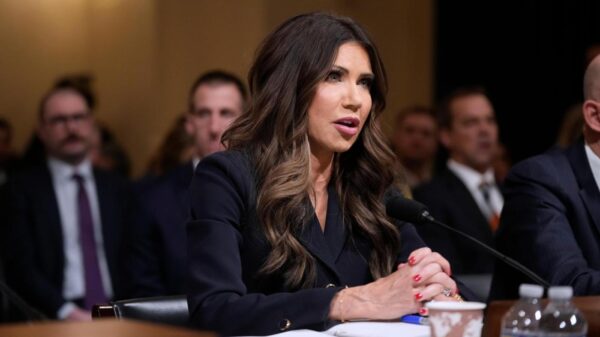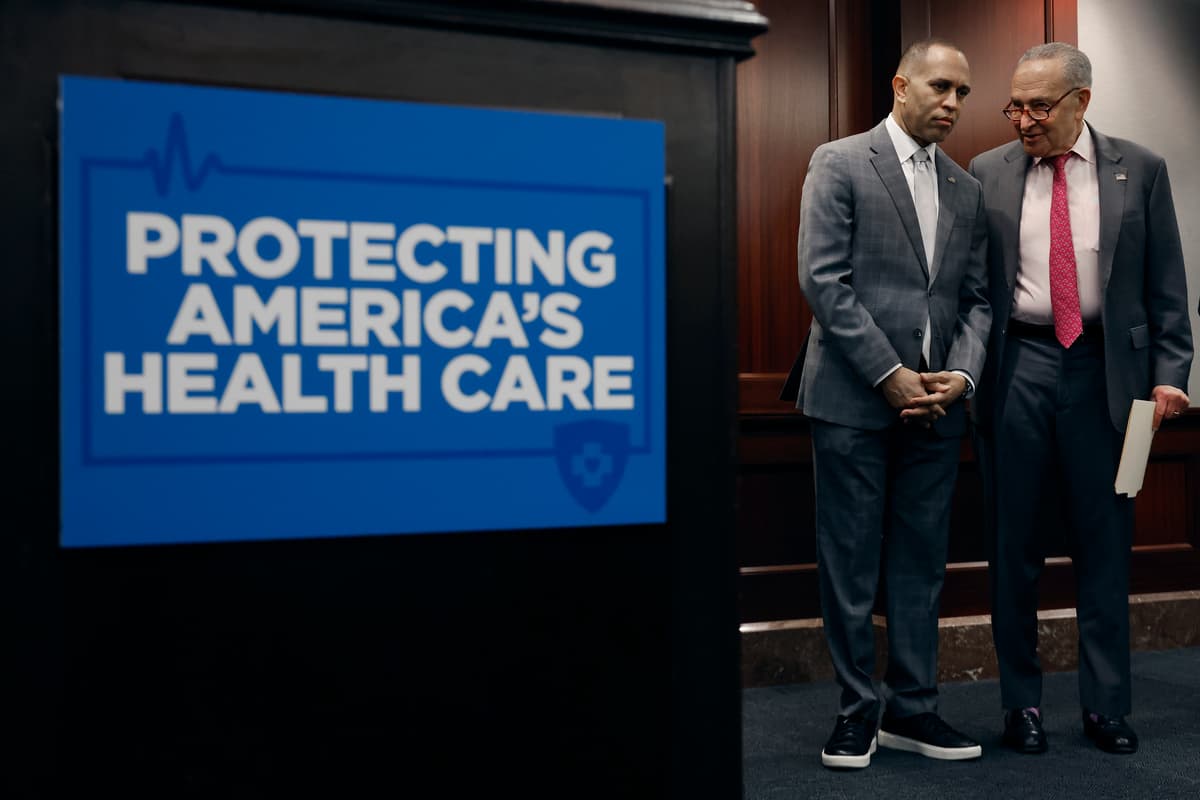The current government shutdown is deeply intertwined with a budget standoff rooted in the Democrats’ push to extend certain health care subsidies. Central to this debate is the proposal to make permanent the expansion of Obamacare premium tax credits, often referred to as the “Biden Covid-19 credits.” While Democrats argue that increasing funding to insurance companies will help lower health care costs, critics contend that this approach is misguided and ineffective.
The financial implications of extending these credits are substantial. According to estimates from the Congressional Budget Office, permanently maintaining the Biden Covid-19 credits could cost approximately $410 billion over the next decade, with total spending reaching $488 billion when factoring in interest. These funds would primarily benefit insurance companies, potentially obscuring the actual costs of coverage rather than addressing the underlying issues driving rising premiums.
Several factors are contributing to the anticipated increase in individual-market premiums. Gadai Bulgac from the Economic Policy Innovation Center has highlighted that premiums are expected to rise by roughly 18 percent by 2026, driven by escalating medical care costs, shortages of medical professionals, and the impact of high-priced specialty medications, among other reasons. Independent reviews suggest that over half of this increase can be attributed to medical cost pressures, with around 20 percent linked to tariffs and broader economic factors. This suggests that simply extending subsidies will not address the root causes of rising health care costs.
Concerns regarding program integrity also loom large. The expansion of credits during the Covid-19 pandemic coincided with a rise in improper enrollments and instances of “phantom” coverage. In 2024, nearly 12 million exchange enrollees reportedly filed no medical claims, yet insurance providers still received taxpayer subsidies for these individuals. Projections for 2025 indicate that improper enrollments could reach 6.4 million, costing taxpayers an estimated $27 billion. Much of this issue stems from brokers enrolling individuals in zero-premium plans without proper verification, which incentivizes quantity over accuracy.
Even if these credits are extended, the outcome may not be as beneficial as proponents suggest. The CBO estimates that extending the Biden Covid-19 credits would only add about 3.8 million people to the insurance rolls by 2035, with an average taxpayer cost of over $10,000 per newly insured individual, escalating to more than $11,500 by 2035. Many of these individuals may already have alternative coverage, prompting some employers to eliminate job-based health plans in favor of pushing employees onto the exchanges.
To effectively address the challenges facing the health care system, several reforms could be more impactful than merely extending subsidies. First, allowing the temporary Covid-19-era expansion to expire as planned would still preserve the original Obamacare subsidies, ensuring that low- and moderate-income enrollees continue to receive substantial premium support.
Second, addressing the fundamental causes of high health care costs is crucial. This includes modernizing scope-of-practice rules for nurses and physician assistants, adopting site-neutral payment models, and removing tariffs that inflate drug prices. Speeding up the approval process for biosimilar and generic drugs could also help alleviate costs.
Restoring the integrity of the health exchange system is another necessary reform. This would mean ending automatic enrollments without verification and ensuring that advance credits are reconciled promptly to recover improper payments.
Finally, to foster genuine competition and consumer choice, it is essential to improve price transparency and expand access to more affordable health insurance options, such as association health plans and short-term renewable policies.
If Congress remains committed to the framework of Obamacare, focusing on transparent and cost-effective reforms could help lower premiums while reducing total subsidy costs. Such measures would be particularly effective if combined with deregulatory reforms for marketplace plans.
While the current debate centers on the continuation of the Biden-era health care subsidies, it is vital to recognize that the beneficiaries of these subsidies predominantly include higher-income households, including families earning over four times the federal poverty level. Many individuals will continue to receive substantial assistance, maintaining access to affordable coverage.
As Congress grapples with funding decisions, it is crucial to consider the long-term implications of deepening deficits to sustain a system that may inadvertently contribute to higher premiums and sustained payouts to insurance companies, particularly for individuals who do not utilize their coverage.








































































